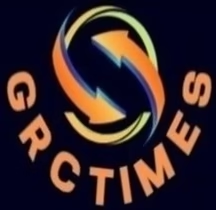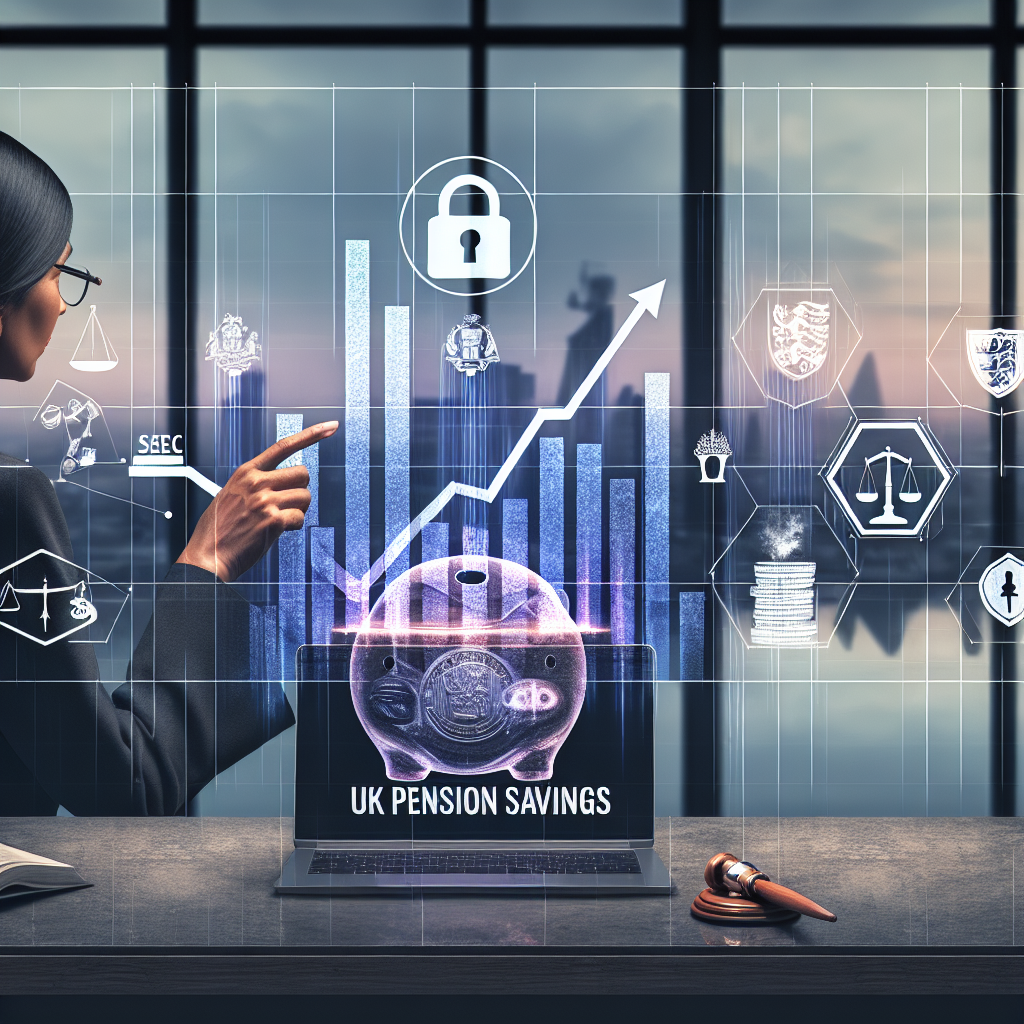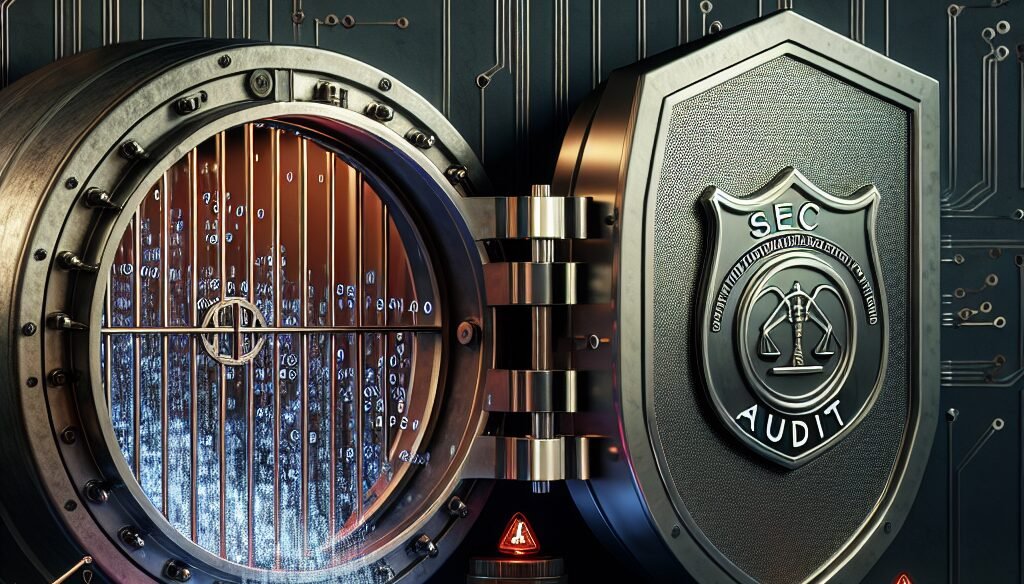Artificial intelligence is producing everything from catchy jingles to intricate code, and businesses everywhere are asking: who actually owns this stuff? The question of intellectual property (IP) rights in AI-generated content—art, software, inventions, marketing copy—is no longer hypothetical. With AI output flooding the market, companies, creators, and legal teams are racing to understand where the law stands and how to protect their interests.
The IP ownership Puzzle
Imagine an AI writes a song, designs a logo, or invents a new gadget. Who owns the rights? Is it the company that built the AI, the person who typed in the prompt, or does nobody own it at all? Courts and regulators are wrestling with these questions, and the answers so far are less than clear.
In the United States, the Copyright Office and the courts have drawn a firm line: only works with meaningful human authorship can be copyrighted. If an AI produces a painting or poem with no human creative input, that work falls into the public domain—nobody owns it, and anyone can use it. However, if a person edits, arranges, or meaningfully shapes the AI’s output, that human contribution may be enough for copyright to apply. The Copyright Office’s latest guidance clarifies that ‘sufficient expressive elements’ from a human are required—just typing a prompt isn’t enough, but remixing, modifying, or combining AI outputs into something new might be.
The United Kingdom takes a slightly different approach. Under the Copyright, Designs and Patents Act 1988, the author is defined as ‘the person by whom the arrangements necessary for the creation of the work are undertaken.’ This could mean the user, the developer, or even the owner of the training data, depending on the facts.
Why it Matters ?
This isn’t just a legal curiosity—it’s a business imperative. Companies are pouring resources into AI-driven innovation, but if the outputs can’t be owned or protected, the return on investment is uncertain. Creative industries, tech startups, major brands, and solo entrepreneurs all face the risk of losing control over their AI-generated assets. Without clear IP ownership, it’s hard to license, sell, or defend creative work, and the threat of copycats or competitors swooping in is very real.
There’s also the flip side: AI systems are trained on mountains of existing content—books, images, music, code. If that training material is copyrighted, using it without permission could trigger lawsuits or regulatory crackdowns. Recent cases, such as authors suing AI companies over training data, highlight the legal minefield that organizations must navigate.
Challenges and Solutions:
The biggest challenge is the legal gray zone: IP laws were written for human creators, not machines. AI blurs the lines between authorship, ownership, and originality. Here’s what makes it tricky:
-
Authorship: If a machine creates something, is anyone the author?
-
Ownership: If there’s no author, can anyone own the result?
-
Originality : If AI output is based on patterns in existing works, is it even original?
Some suggest that the company deploying the AI should own the output, especially if the work was created as part of an employee’s job—the familiar ‘work for hire’ doctrine under U.S. law. Others argue that AI-generated works should simply fall into the public domain, free for anyone to use.
Market Trend & Regulatory Shift
AI’s creative explosion has forced regulators to take notice. The U.S. Copyright Office and courts have doubled down on the requirement for human authorship, while the U.K. and some other jurisdictions are experimenting with broader definitions. Meanwhile, global companies are pushing for harmonized rules to avoid a patchwork of conflicting laws that complicate cross-border business.
The market is also seeing a rise in ‘attribution mechanisms’—ways to credit and compensate original creators whose works are used to train AI models. Some AI companies assign any rights they might have in the output to the user via their terms of service, though these rights are limited by the broader legal framework.
Who is impacted ? Roles
This legal tangle touches a wide range of professionals:
-
Product managers and software developers using AI tools to build apps or generate code
-
Marketing teams creating AI-generated campaigns
-
Artists, writers, and musicians experimenting with generative AI
-
Legal counsel and compliance officers managing IP risk
-
Executives making strategic decisions on AI investments
Practical Steps for Companies and Creators:
If you’re relying on AI-generated content, don’t just hope for the best. Here’s how to steer clear of trouble:
- Monitor Global Regulations: Stay current on how different countries define AI-generated content and ownership. The legal landscape is shifting fast—what’s true in the U.S. may not hold in the U.K. or EU.
- Draft Clear Internal Policies: Spell out who owns what when employees or contractors use AI tools. Define what counts as meaningful human input and how to document it.
-
Review contracts and terms of service: Check the terms of your AI vendors and platforms to understand who owns the output and what rights are assigned.
-
Document Human Involvement : Keep records of how humans contribute to AI-generated works, especially if you intend to claim copyright protection.
-
Consult Legal Counsel : Work with IP attorneys to develop strategies for protecting, licensing, and enforcing rights in AI-generated content.
Key Regulations:
As AI continues to reshape the creative and business landscape, understanding the evolving rules of intellectual property is essential for anyone looking to innovate, protect, and profit from AI-generated content.



